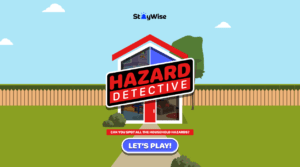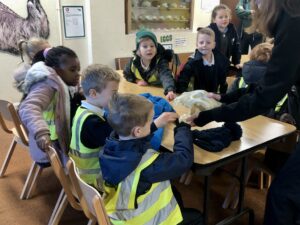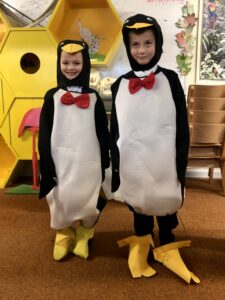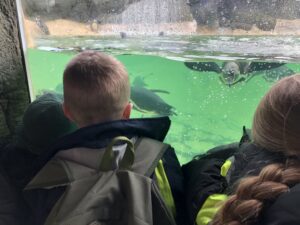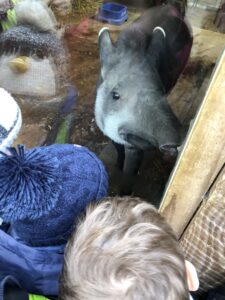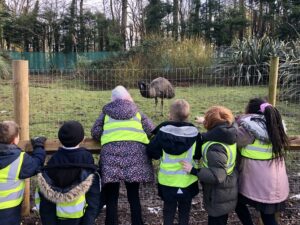Our Living and Learning statement this week is:
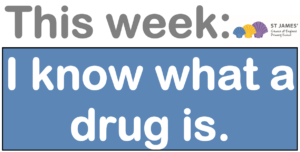
“A drug is a substance that changes the way the body or mind works.”
The children began by sharing what they already know about medicines.
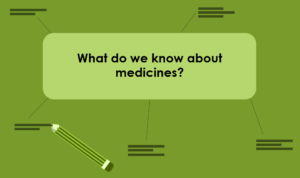
Not all medicines help your health.
Medicines help you to recover when you are ill. To recover is to get better.
Drugs can change your attitude. They can make you angry and some drugs are illegal.
Some drugs can make your body stronger – some people use them to cheat in sports.
Some people need to get medicine every day.
We get medicine from the doctor.
You keep drugs safe by keeping them somewhere children can’t reach.
You can try and help yourself by eating healthily and exercising before taking medicine.
I was so impressed by the children’s previous knowledge of medicine!
Helping someone to feel better
We spent some time thinking about times when we were ill or felt unwell and the things that helped us to feel better.
- rest
- water
- medicine from the doctor
- warm drink
- eating healthy food
- plasters
There are lots of different types of medicine and they’re all useful for different things. Some of them go in the body and others on the body. Some can be bought at the shop by a responsible adult; others have to come from the doctor.
Who can help?
We thought about the people who can help us to stay healthy and well. The children demonstrated fantastic knowledge of people in their communities who can help.
- parents and family
- carers
- doctors
- trusted adults at school
- police
- paramedics
- air ambulance
- mountain rescue
- yourself – keep safe and protect yourself
If you feel unwell, it is important to talk to a trusted adult at home or school. Only a trusted adult should give you medicines.

Help at home by discussing the safety measures you have in place around medicine at home. Invite your child to demonstrate their learning by having a go at this task:













